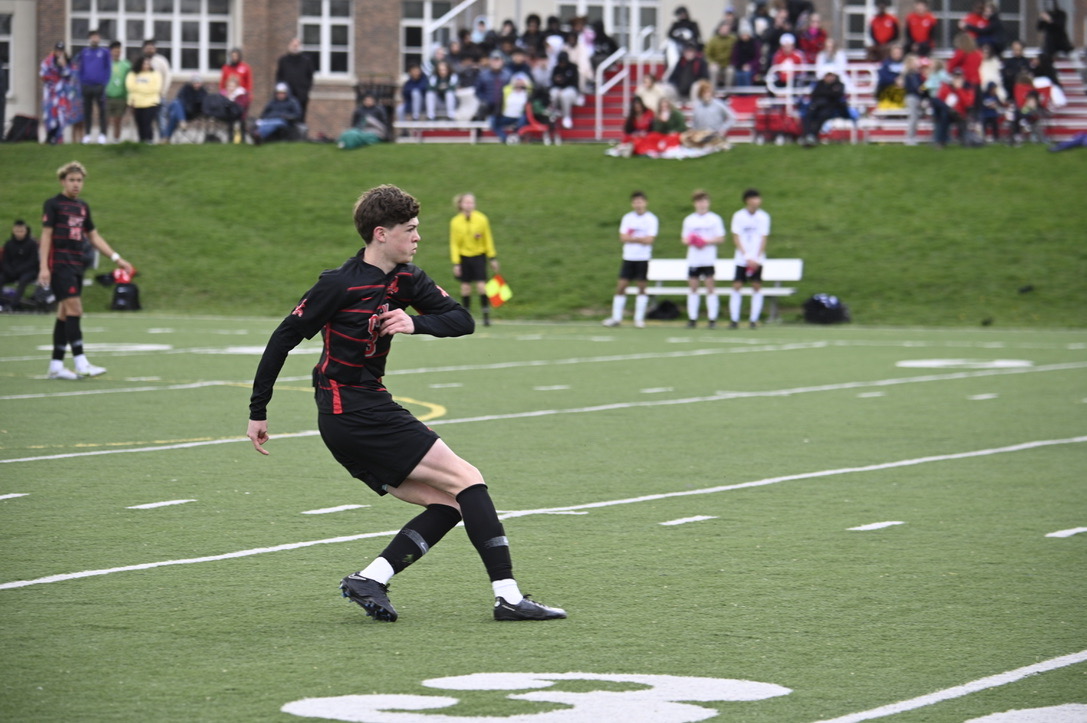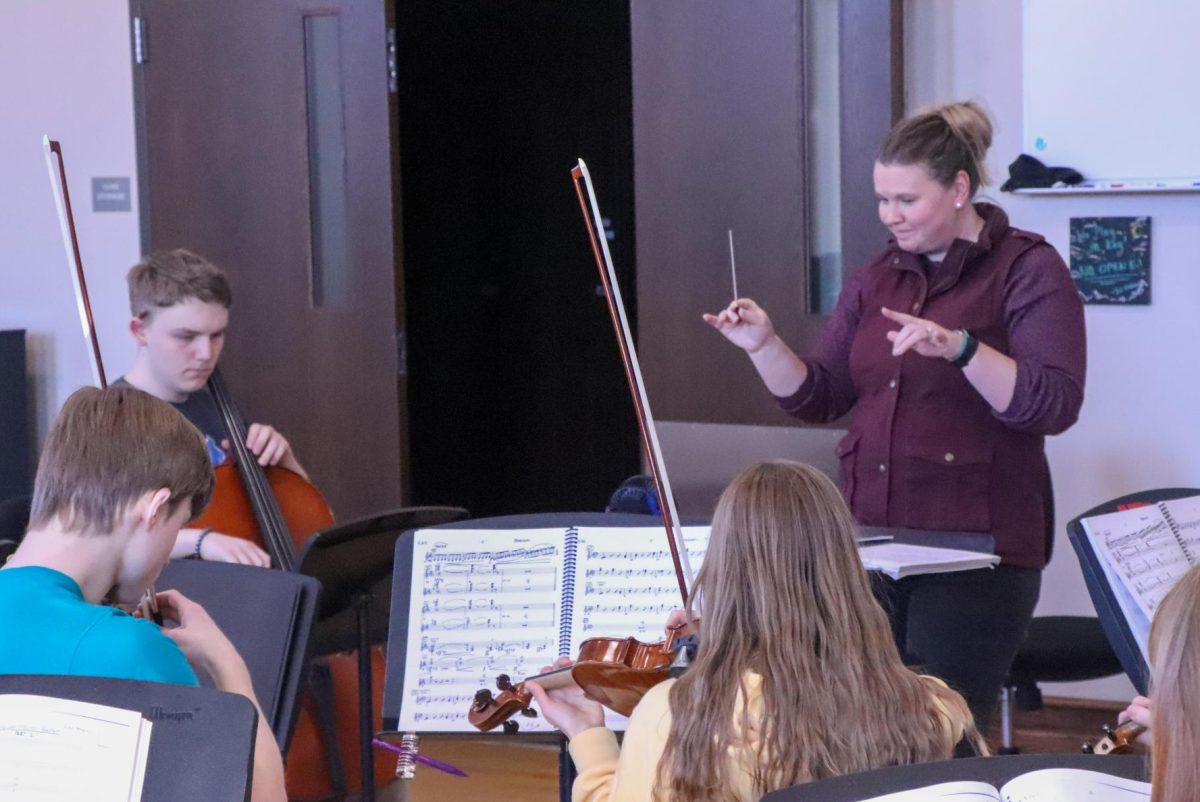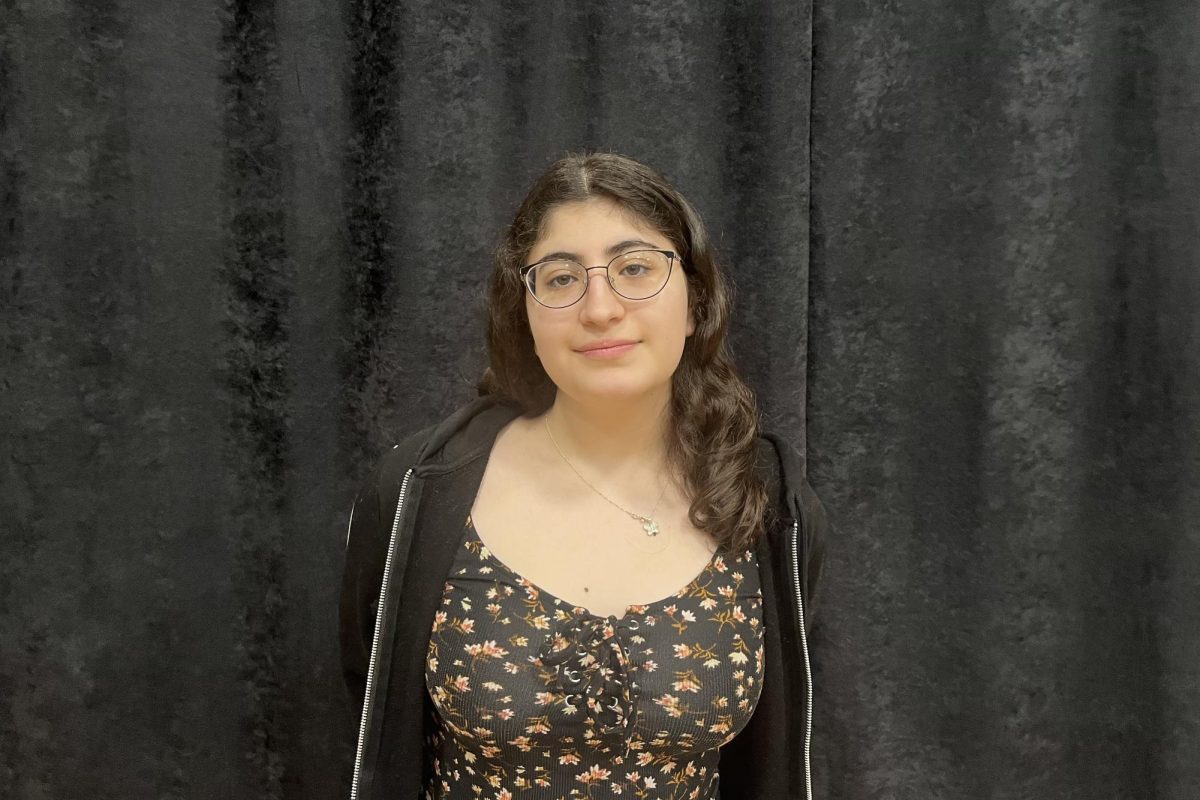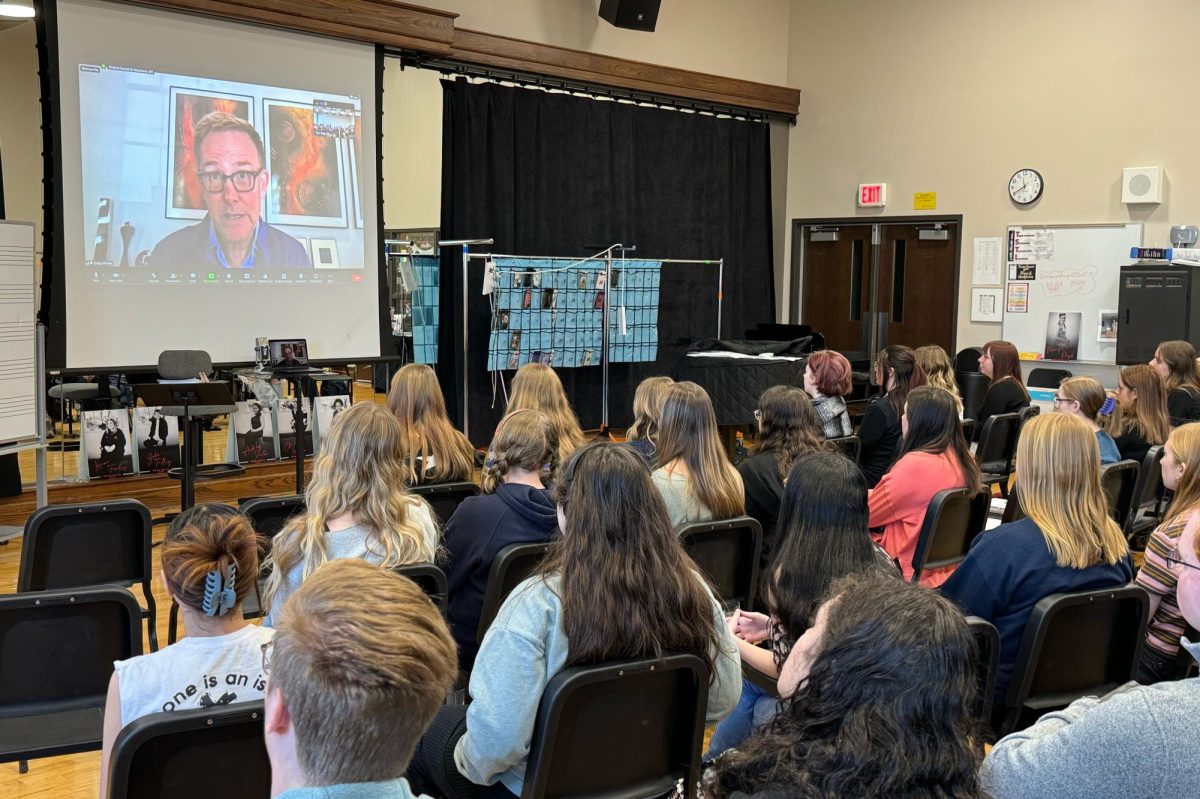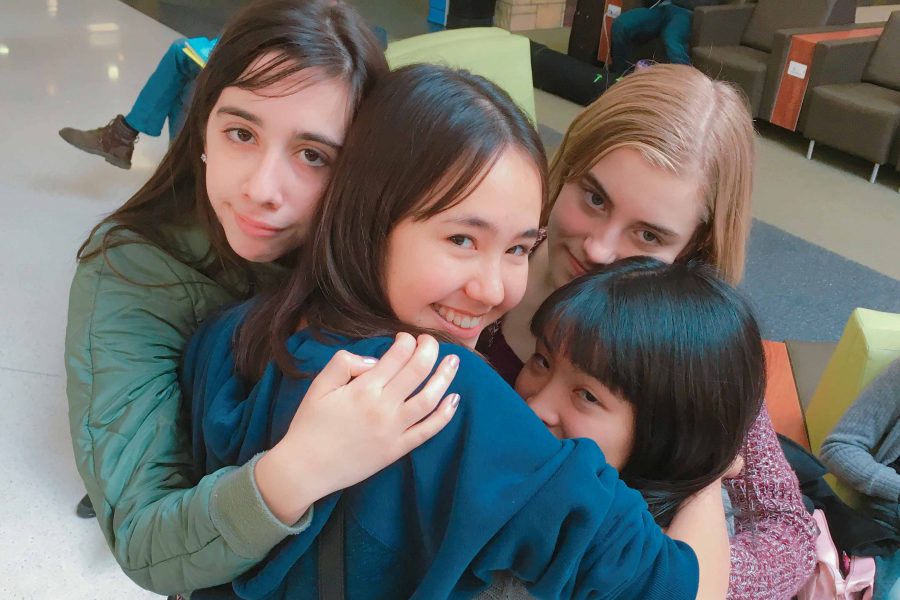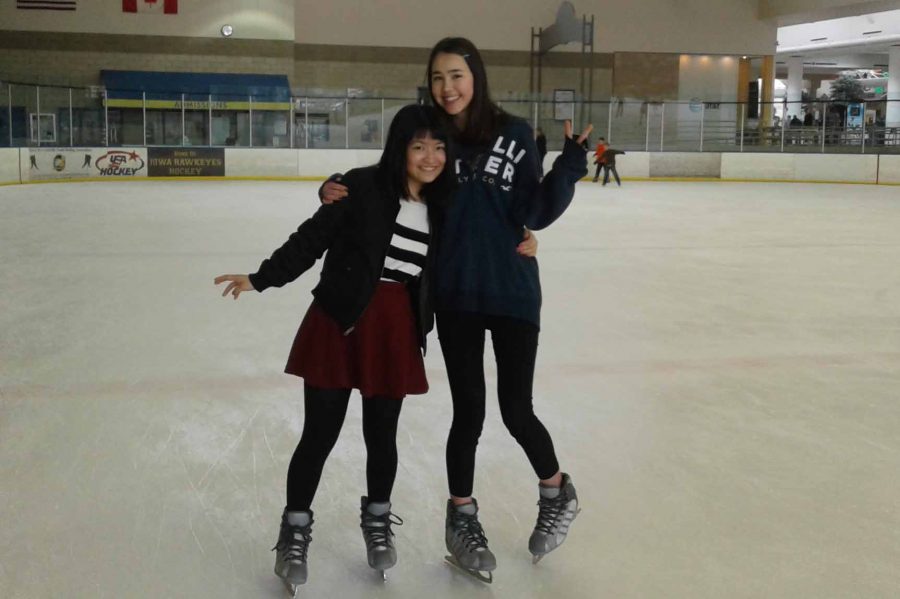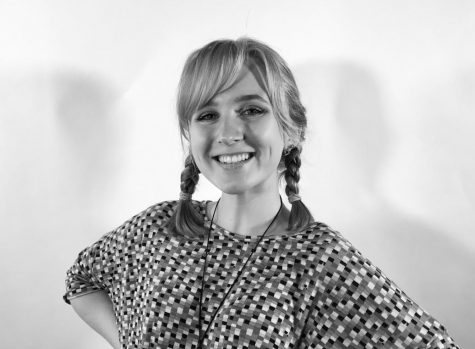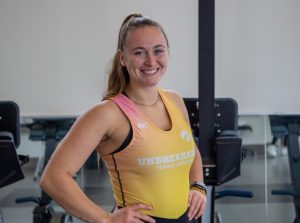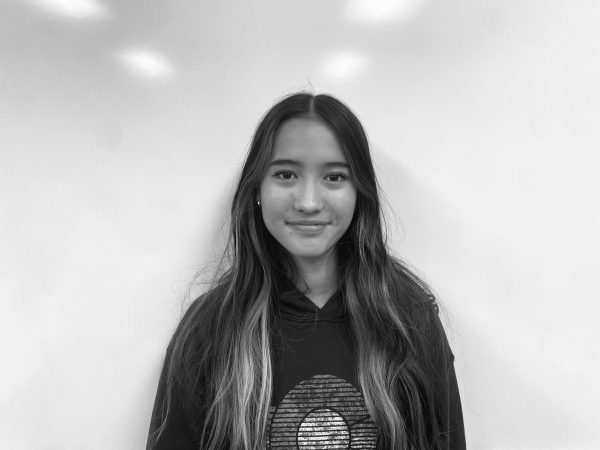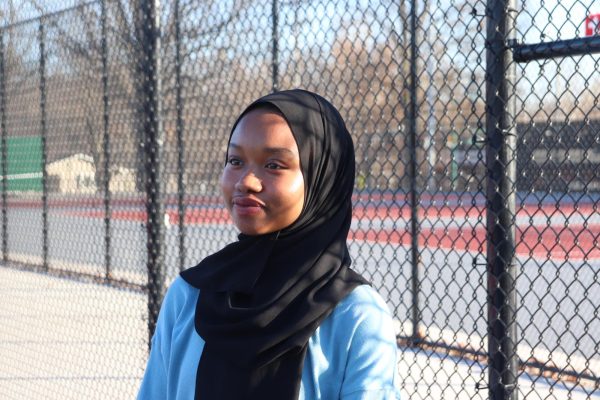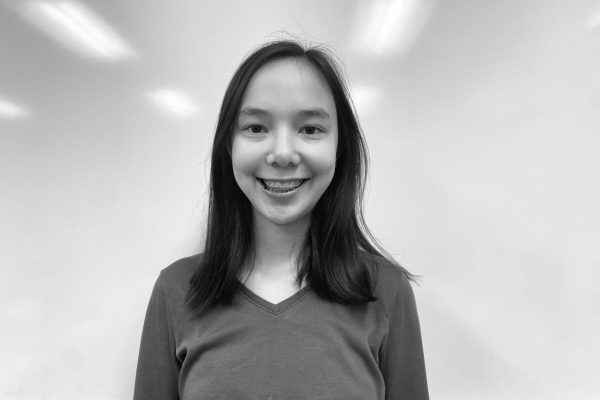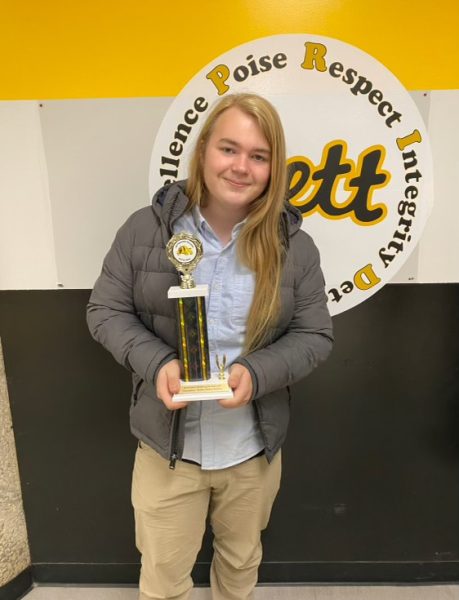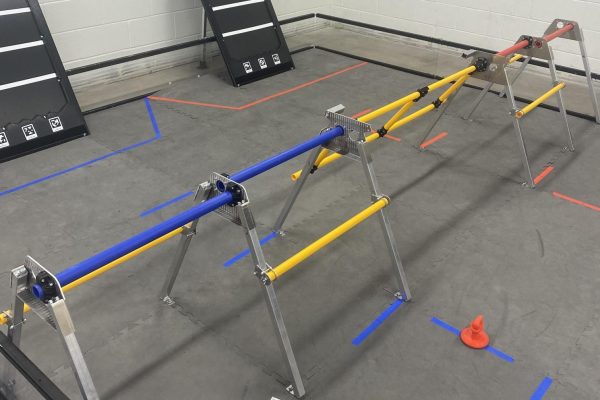Q&A with Japanese Exchange Program Participants
March 30, 2017
Would you believe there aren’t any frozen yogurt shops in Japan? And vaseline is extremely expensive there? Two students, Nina Lavezzo-Stecopolous ‘20 and Daphne Knoop ‘20, recently participated in the Japanese foreign-exchange program here at City High and discovered this and much more while spending two exciting weeks with their exchange partners, Mai Sanada ‘19 and Alisha Tone ‘19.
Sanada and Tone are sophomores from Gyoshu, a private school in Numazu, Japan, and came on the trip for a special program their school has installed for 10th-graders in the bilingual class. Both of them had been to America before and were eager to see it again, excited to compare school life in Iowa to school life in Japan.
Q: How has City High and this experience surprised you?
Tone: “City High had surprised me with its size! The school itself is huge and the number of students [was] huge too!”
Sanada: “I was surprised that school buildings are so big. Also, hallways are more crowded than my school in Japan.”
Q: What surprised you about hosting a student?
Knoop: “Mai knows about as much pop culture as I do, which was kind of surprising. But then again, I don’t know much about pop culture.”
Lavezzo-Stecopolous: “I was surprised by how fluent Alisha’s English was. Sometimes I forget her first language is Japanese! Through this experience I learned how incredibly strict high schools are in Japan, especially private ones. In her school Alisha isn’t allowed to wear nail polish, dye her hair, wear makeup, or have her phone with her at school. And of course wear her uniform.”
Q: What is the biggest difference between here and Japan?
Tone: “I believe the biggest difference between the high school in America and Japan is that Japanese high schools have way more strict rules. For example in Japan, we have to wear uniforms, can’t wear make up [or] nail polish, or long hair for boys.”
Sanada: “Classes. We had seven 50-minute periods, but we had almost all of our classes in the same classroom.”
Q: Any really fun memories or things you liked about living with your host student?
Tone: “There are many fun memories with Nina … I want it to be longer. Like, a month.”
Sanada: “Everything is memorable, and I [enjoyed] a lot, but I enjoyed [Daphne’s] cello practice [most]. She is very good at playing cello, and I can relax while listening. Also, we don’t have [many] teenage orchestras in my area in Japan, so it was interesting for me, too. [And] no meats. My host family is vegetarian, but there are not many vegetarians in Japan. I had a good experience.”
Q: What was the best part about hosting in the exchange student program?
Knoop: “It’s just been super fun, because Mai is super nice just hanging out with her. And school’s a lot less boring.”
Lavezzo-Stecopolous: “My favorite parts have been learning about a different culture and a few Japanese words … I’m really glad I got involved with this program; I recommend it to all.”










